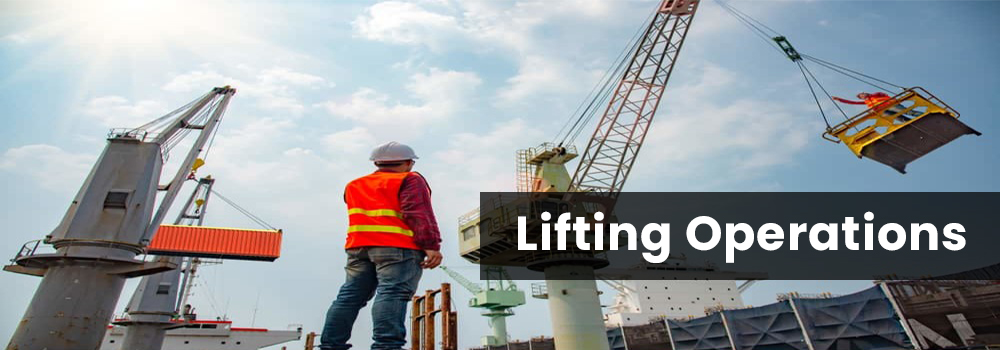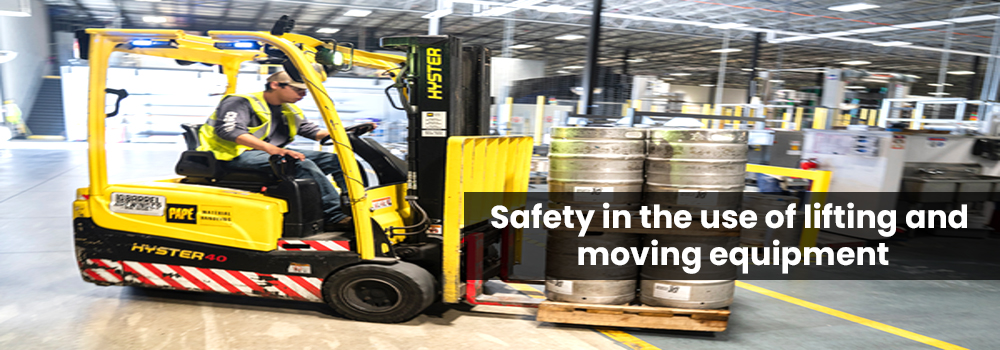
How do we prevent hazards during lifting operations?
Safe Lifting Procedures
Lifting processes are routine in any manufacturing, heavy engineering, and construction industrial work-sites. Lifting of heavy to very heavy loads can be performed by workers either by manual or automated lifting machines. While doing so, lifting technicians, operators, or ground staff can face risks, dangers, and health problems that can lead to loss of employment due to sickness or disability.
The reasons for accidents and health disorders due to lifting are many. The article explores various lifting procedures, hazards involved, and procedures for safe lifting.
Lifting Hazards and Control Measures
The construction and heavy engineering industry accounts for the maximum number of lifting-related accidents and fatalities. Let’s discuss in detail the lifting devices and safety precautions for lifting.
Lifting operations involve machinery used to take loads to elevated places or lower the loads to ground levels. The loads can be anything from solid material such as bricks, cement or concrete, heavy equipment, construction accessories to workers. The construction industry uses different lifting equipment.
Industrial Lifting Equipment
Lifting devices allow people and/or commodities to move vertically. A vast number of lifting mechanisms are available, each adapted to a certain scenario and utilizing vertical distances and weights.
Types of Lifting Machines
• Hoist – A hoist is a very basic lifting device that can be operated manually, electrically, or using pneumatically. It involves lifting medium to heavy loads using rope or chain through a drum or wheel. Regular maintenance of rope and chain along with accessories can reduce accidents.
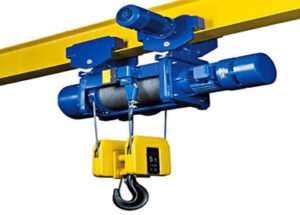

• Forklift – Forklifts are propelled by either an electric battery or a combustion engine. A forklift is made up of many components that are essential to do the operation properly. Small and medium industrial environments require forklifts that are fitted with a hydraulic system and forks to carry, transport, and deliver smaller loads.


• Telescopic Cranes – Telescopic cranes are the most common types of cranes which have metal tubes fitted with one another and operated using the hydraulic method. With this, an operator can reduce and increase the length of the boom. These cranes can be fitted on moving trucks.
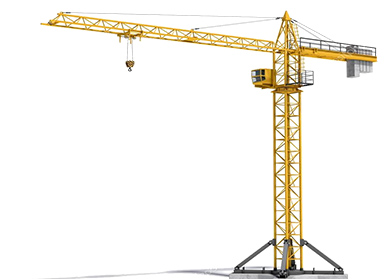
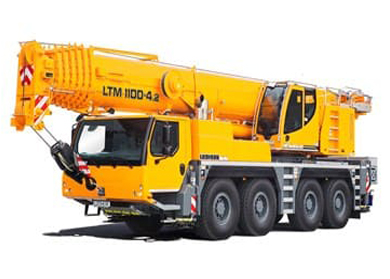

• Cranes – Cranes are the most common industrial lifting equipment. They are used to shift loads from one place to another, taking loads from and to elevated places. They pose different kinds of dangers and risks. Specific risk control measures should be followed to reduce hazards.


• Tower Cranes – Tower cranes are manually operated machines fitted with hoists, ropes, or chains and sheaves to lift or lower small, medium to heavy loads. They are fixed to the ground to provide balance. Tower cranes can rotate and pick up load anywhere around without changing their position.


• Mobile Cranes – Mobile cranes, all-terrain cranes, and crawler cranes have their own usages depending upon the purpose and places and also the heaviness of the loads involved. While mobile cranes are designed to transport smaller loads from one place to another, all-terrain cranes are fitted with necessary equipment which can be used in any rough terrain. Crawler cranes are mostly used for indoor purposes, to lift very heavy loads and transport to a short distance.

Apart from the above lifting devices, there are power shovels and telescopic handlers which are also used for various industrial environments. Workers too need to be lifted to and from elevated places to carry works in high-rise sites.
Lifting Hazards and Control Measures
Lifting works have many classified dangers and risks and hazards. Though largely unorganized, lifting operations come under safety standards and regulations.
Some of the Lifting Safety Precautions are pointed out below:
- The soil or surface condition should be examined and leveled.
- When there is a lot of wind and it’s pouring, don’t use the crane.
- Rigger has to put on a jacket.
- A reverse beep horn should be installed on the crane.
- Lifting Device operators may only be signaled by the rigger.
- To regulate the swinging of the load, at least two tag lines must be employed.
- Need to check the lifting permit before doing a job
- Working crew PPE, particularly rigger’s leather gloves and a safety harness.
Companies must follow the rules and regulations in maintaining lifts periodically to keep them safe condition, provide necessary personal protective equipment for workers and also those around the operating path, maintain specific load conditions, and educate workers about health hazards and dangers involved in lifting operations.
Our Lifting Safety Courses


 NEBOSH CERTIFICATE
NEBOSH CERTIFICATE NEBOSH DIPLOMA
NEBOSH DIPLOMA IOSH
IOSH SAFETY DIPLOMA
SAFETY DIPLOMA CPD UK
CPD UK ROSPA UK
ROSPA UK FOOD SAFETY
FOOD SAFETY 




